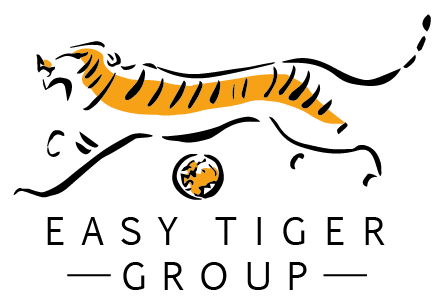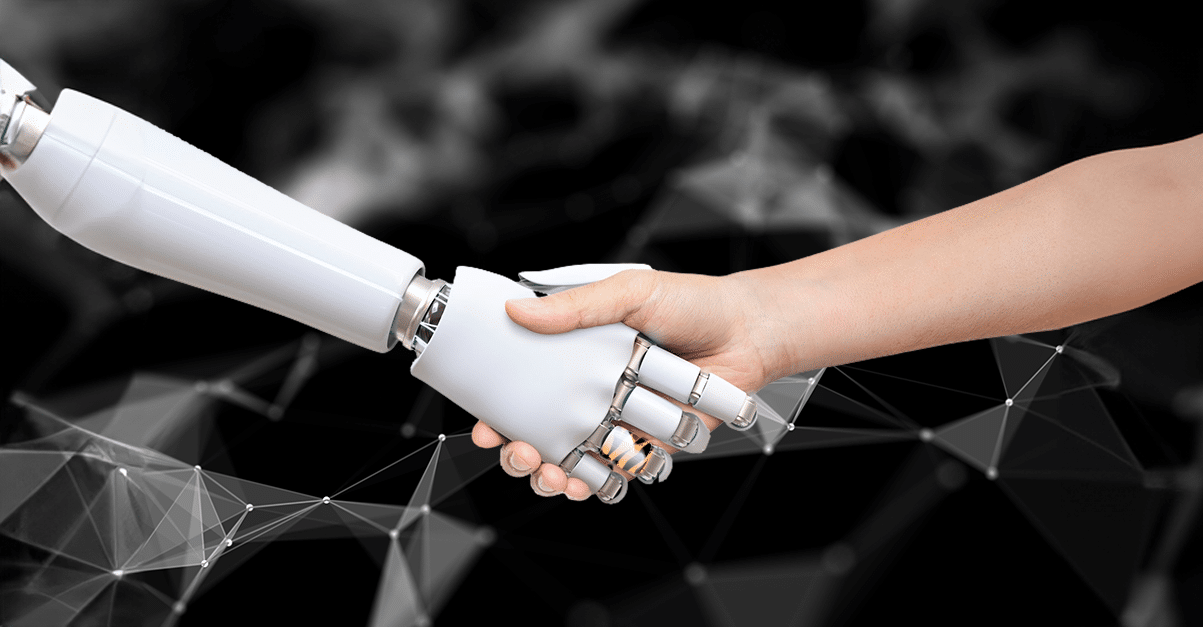Welcome to the evolving landscape of modern industry, where Artificial Intelligence (AI) is not just a buzzword but a transformative force. While the notion of AI integration in the workplace may evoke a mix of anticipation and apprehension, our perspective is rooted in optimism and strategic foresight.
We believe AI is here to enhance, not replace. By augmenting human capabilities and streamlining processes, AI opens up new avenues for innovation and efficiency. However, the key to successful integration lies in our approach: viewing AI as a partner rather than a replacement. This means continuously equipping our workforce with the tools and knowledge to leverage AI effectively, fostering a workplace that is adaptable, resilient, and forward-thinking.
While attending the People 1st Conference in Dubai last week, we delved into a myriad of discussions about the role of AI across various sectors, from logistics and HR to visions of the future workforce. To us, AI is akin to an “onion” with multiple layers that require peeling back to fully understand and harness its potential. Each layer reveals more about how AI can enhance efficiency, drive innovation, and transform the way we work. This blog will explore these layers, shedding light on the complex yet promising world of AI integration.
Navigating Geopolitical and Talent Challenges
Amid these advancements, geopolitical risks and talent shortages present significant challenges. The geopolitical climate can impact market stability and workforce mobility, influencing how organizations strategize their talent acquisition and management. To mitigate these risks and prepare for AI disruptions, it’s crucial for companies to adopt flexible strategies that can adjust to rapid changes in the global landscape. This includes investing in continuous learning and ensuring that all levels of the organization are prepared for the shifts brought about by AI integration.
In the UAE, the oil and gas industry face significant challenges in attracting and retaining top talent, compounded by workload and reputation concerns. With an anticipated workforce decline of 40 million by 2050, the government is proactively addressing the influx of expats in Dubai by establishing teams to assist corporates with relocation. Additionally, strategic efforts are underway to prepare UAE nationals for future job markets through enhanced career guidance and tailored educational programs in schools and universities.
Several key themes emerged, highlighting the profound impact of AI and changing market dynamics on how we manage and develop talent:
- Corporate Wellness and Retention: The expansion of corporate wellness programs is proving crucial for attracting and retaining talent. These initiatives not only support employee well-being but also enhance organizational attractiveness and employee loyalty.
- Building Trust and Ethical AI: Establishing trust within the workplace is more critical than ever, especially as we integrate AI into various operations. It’s imperative to develop a framework that categorizes employees based on their comfort with AI, promoting an inclusive approach that respects diversity and ensures ethical AI usage. This is essential as AI continues to reshape job roles, necessitating that employee adapt their skills to thrive in a new technological landscape.
- Strategic Collaboration for Workforce Planning: The collaboration between governments, the private sector, and HR leaders is vital to address the anticipated displacement of jobs due to AI and automation, with predictions stating that 80% of jobs will be impacted and 90 million jobs displaced. Joint efforts are necessary to align workforce development with the broader economic agendas of all stakeholders involved.
- Resilience and Strategic Alignment in HR: Organizations are increasingly prioritizing resilience, ensuring that their talent strategies are robust enough to withstand both domestic and international pressures. This includes balancing the mix of local and foreign talent and leveraging AI for skills analysis and learning development, which is crucial for maintaining competitiveness.
- AI in Market Analysis and Skill Development: AI’s role extends into tracking market trends and identifying essential skills for job success. By focusing on proficiency and relevant content, AI tools can help pinpoint the evolving needs of the workforce, allowing companies to tailor their training and development initiatives accordingly.
AI in Market Analysis and Workforce Adaptation
In today’s rapidly evolving business landscape, the symbiotic relationship between humans and machines is reshaping workforce dynamics and customer relationships. Artificial Intelligence (AI) enhances service delivery, decision-making, and innovation by processing large datasets rapidly to reveal patterns and insights that humans alone might miss. Yet, the nuanced understanding and empathetic interactions that humans bring are irreplaceable, especially in roles requiring complex emotional judgment like conflict resolution and personalized customer service.
As workplaces grow increasingly diverse, AI must cater to a range of worker types from tech-savvy innovators to pragmatic implementors and visionary executives. This diversity demands AI solutions that predict future skill needs while maintaining ethical standards. HR leaders play a crucial role in moulding an inclusive culture that leverages AI to enhance rather than replace human functions, focusing on personalized employee experiences and continuous skill development. This strategic integration ensures that AI tools enhance workforce capabilities without compromising the human touch essential for innovative and adaptable business environments.
Further enhancing the integration of AI in workforce management, companies are implementing targeted strategies like placing internal coordinators for international moves, which fosters a sense of belonging and trust in the process. By creating talent hubs, organizations can more effectively manage and develop their workforce, tailoring approaches to meet the varied needs of their global talent pool. Localized strategies have proven successful, especially when companies drive initiatives that are predominantly employee-centric, often replacing expatriate talent with local hires to boost success rates and sustain growth.
Moreover, companies are revisiting onboarding processes by having HR personnel travel to destinations rather than conducting all orientations digitally. This hands-on approach significantly reduces the incidence of assignment failures, reinforcing the value of human interaction in our increasingly digital world.
Looking Forward: Human-Machine Partnership
The ongoing discourse about Artificial Intelligence (AI) has illuminated its journey from niche, focused uses to the cusp of achieving what many consider general intelligence. This progression underlines AI’s expanding influence within organizational and workforce structures. Looking ahead, the focus is on fostering human-centric AI development, setting robust ethical standards, and transforming workforce dynamics, all of which are critical for future success.
Currently, AI is in the early phases of its evolution. However, as it progresses, we expect a marked increase in the deployment of language technologies aimed at breaking down communication barriers across diverse cultural and community backgrounds. AI’s ability to provide real-time translation services is transforming business communications, enabling immediate and clear cross-lingual exchanges and significantly reducing the potential for misunderstandings.
These sophisticated AI systems are adept at weaving cultural nuances into translations, skilfully decoding idiomatic expressions, and handling context-specific language, thus preserving the integrity of cross-cultural communications. Additionally, AI-powered translation tools offer a more cost-effective and efficient alternative to traditional human translation services, capable of quickly processing large amounts of text. This capability is indispensable for companies looking to tap into new international markets.
However, as AI’s capabilities grow to mimic human behaviour closely, it challenges us to maintain the human touch in technology interactions. This blurring of lines between human and machine underscores the need for robust ethical standards and clear differentiation in AI development, ensuring that as we leverage AI’s benefits, we also preserve the essence of human interactions in the digital age.

